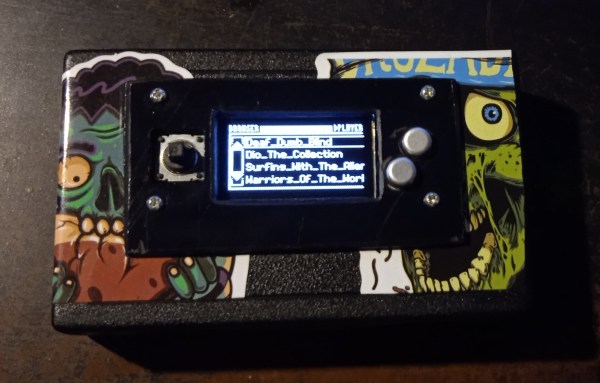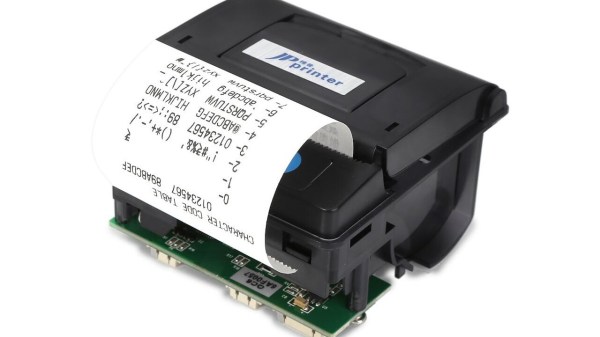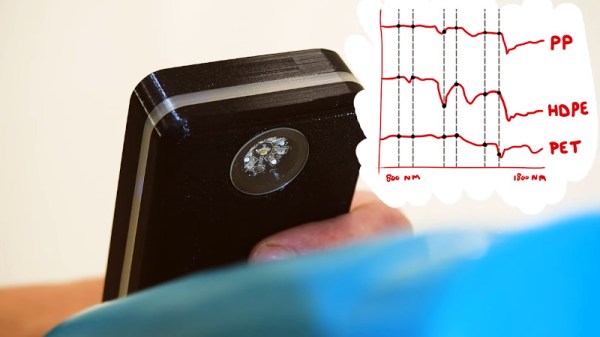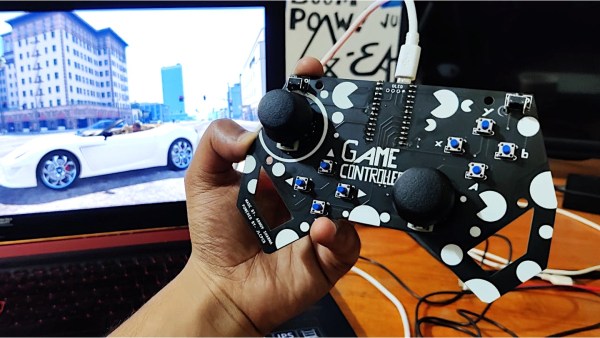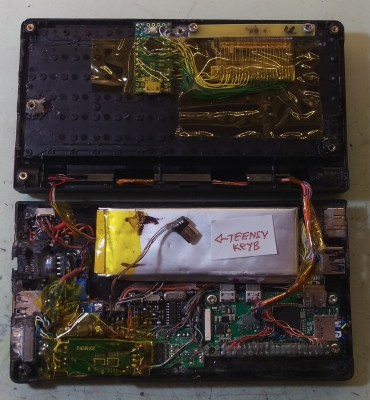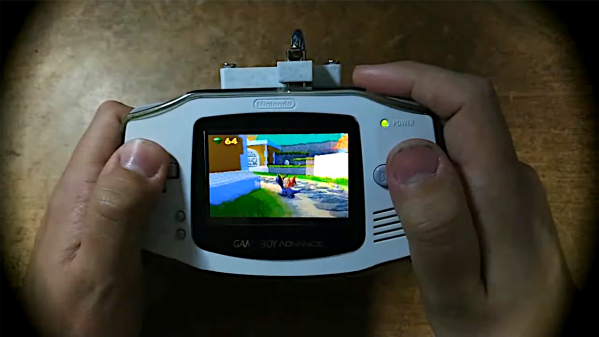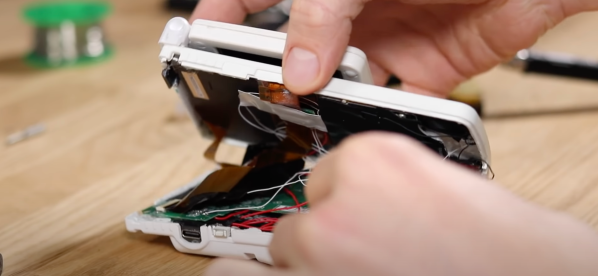One of the challenges involved in recycling plastic is determining the specific type of plastic a given item is actually made of. To keep up with demand, large scale recycling centers rely on various automated systems to separate different types of plastic from a stream of incoming material. But in less technologically advanced parts of the world, workers can find themselves having to manually identify plastic objects; a time consuming and error-prone process.
To try and improve on the situation, [Jerry de Vos], [Armin Straller], and [Jure Vidmar] have been working on a handheld open hardware device that they refer to simply enough as the Plastic Scanner. The hope is that their pocket-sized unit could be used in the field to positively identify various types of plastic by measuring its reflectivity to infrared light. The device promises to be very easy to operate, as users simply need to bring the device close to a piece of plastic, push the button, and wait for the information to pop up on the OLED display.
 Or at least, that’s the idea. While the team eventually hopes to release a kit to build your own handheld Plastic Scanner, it seems that the hardware isn’t quite ready for production. The most recent work appears to have been put in, not unexpectedly, the development board that lets the team refine their process. The development unit combines an array of IR LEDs with wavelengths ranging from 850 to 1650 nanometers, a InGaAs photodiode connected to an ADS1256 24-bit analog-to-digital converter (ADC), and an Arduino Uno. In comparison, the final hardware uses a Raspberry Pi Zero and a smaller “breakout board” that contains the sensor and IR LEDs.
Or at least, that’s the idea. While the team eventually hopes to release a kit to build your own handheld Plastic Scanner, it seems that the hardware isn’t quite ready for production. The most recent work appears to have been put in, not unexpectedly, the development board that lets the team refine their process. The development unit combines an array of IR LEDs with wavelengths ranging from 850 to 1650 nanometers, a InGaAs photodiode connected to an ADS1256 24-bit analog-to-digital converter (ADC), and an Arduino Uno. In comparison, the final hardware uses a Raspberry Pi Zero and a smaller “breakout board” that contains the sensor and IR LEDs.
Browsing through the software repository for the project, we can see the device uses Python, TensorFlow Lite, and a database of IR reflectivity values for known plastics to try and determine the closest match. Obviously the accuracy of such a system is going to be highly dependent on the quantity of known-good data, but at least for now, it appears the user is responsible for building up their own collection or IR values.
As interesting as this project is, we’re a bit skeptical about its purely optical approach to identifying plastics. Automated recycling centers do use infrared spectroscopy, but it’s only one tool of many that are employed. Without additional data points, such as the density or electrostatic properties of the plastic being tested, it seems like the Plastic Scanner would have a fairly high margin of error. Just taking into account the wide array of textures and colors the user is likely to encounter while using the device will be a considerable challenge.
Continue reading “An Open Source Detector For Identifying Plastics” →

